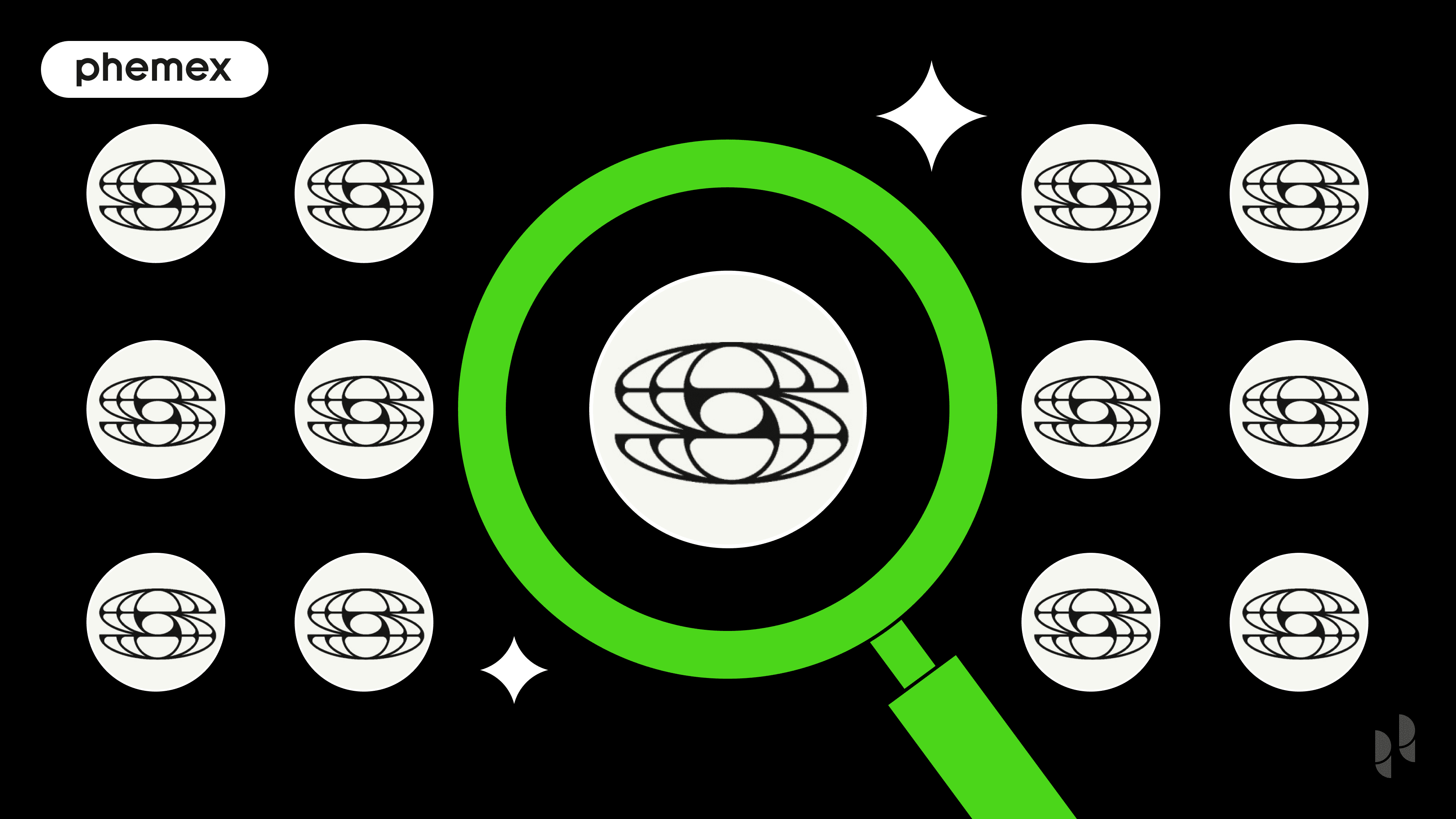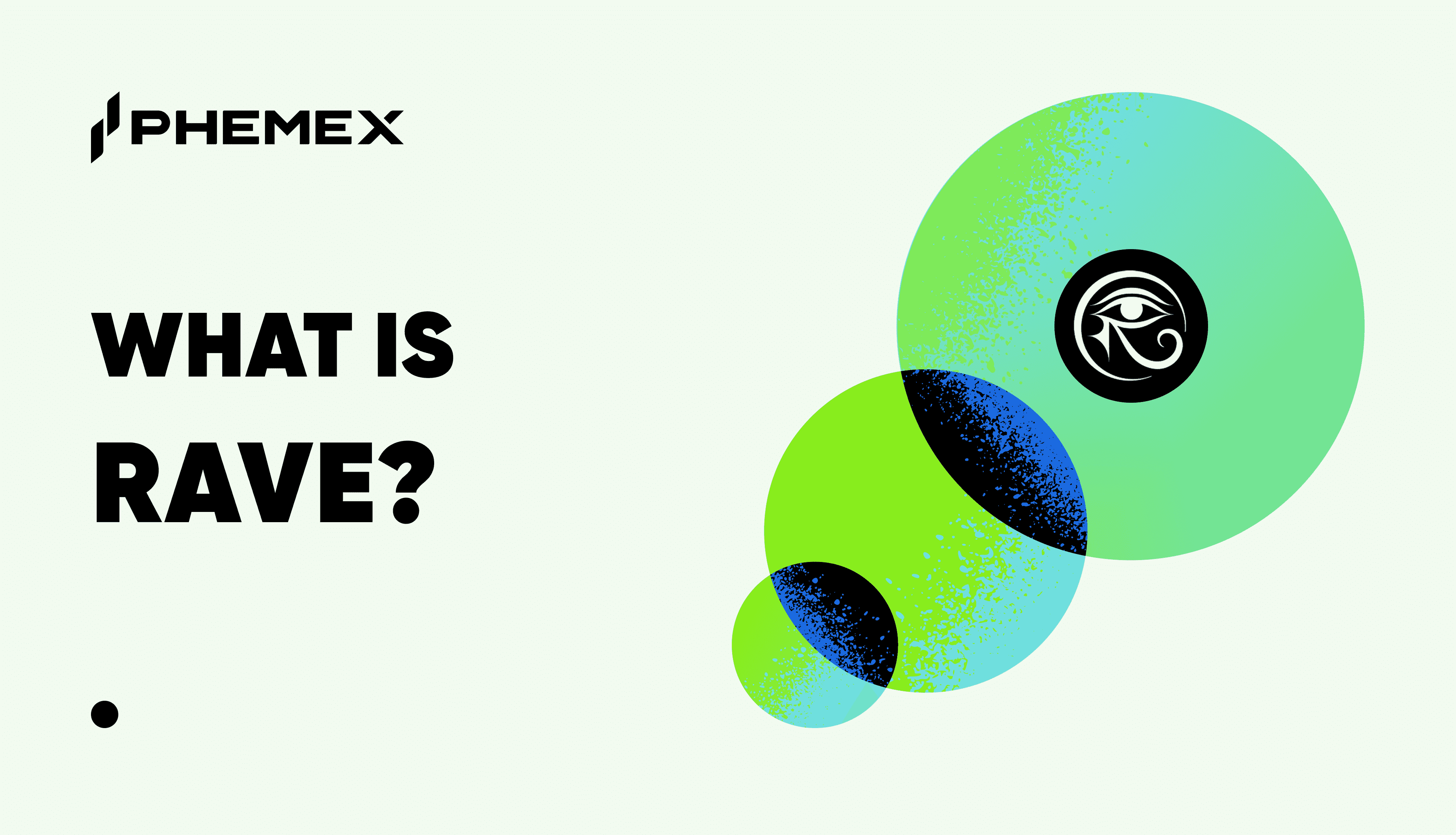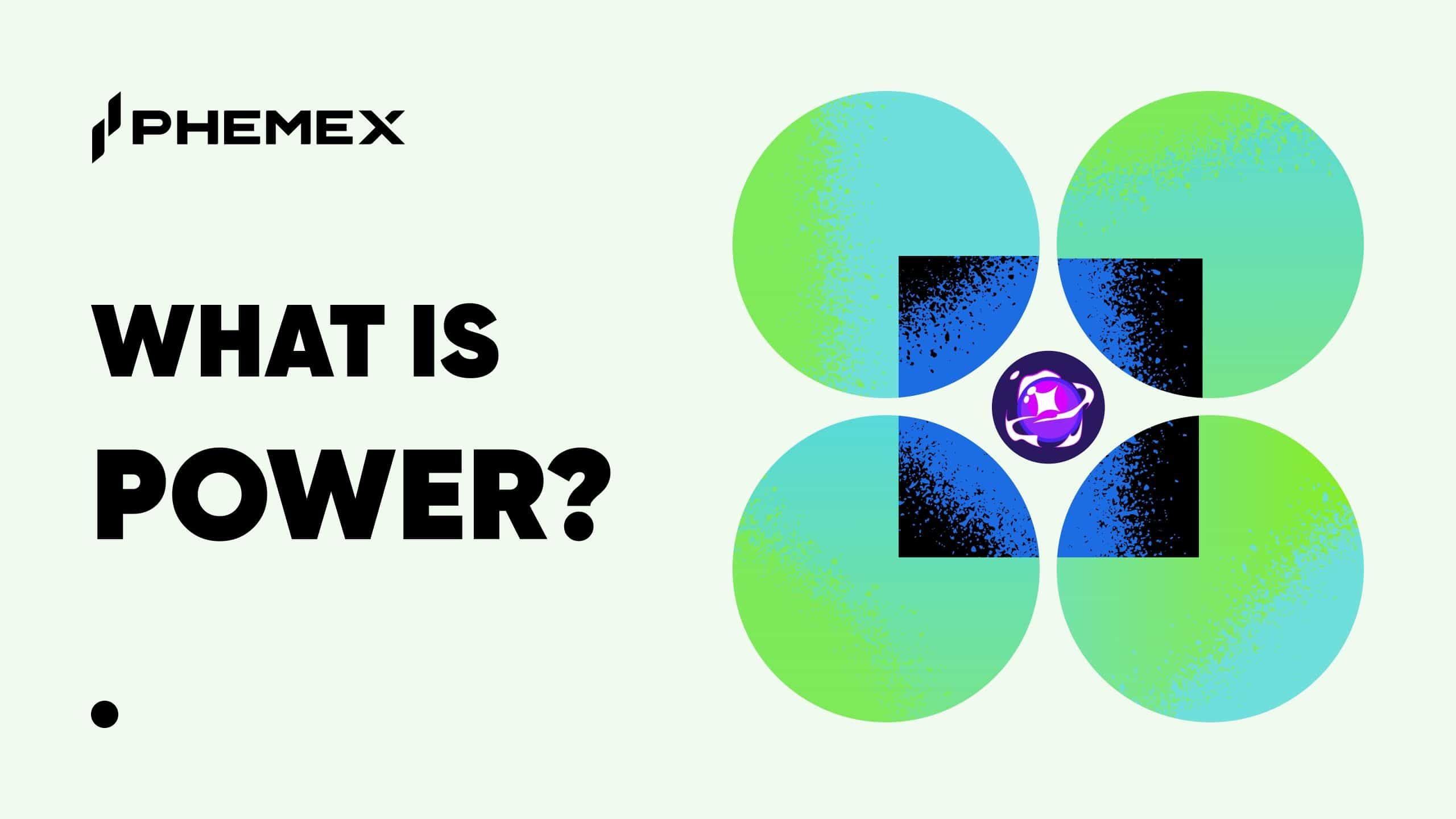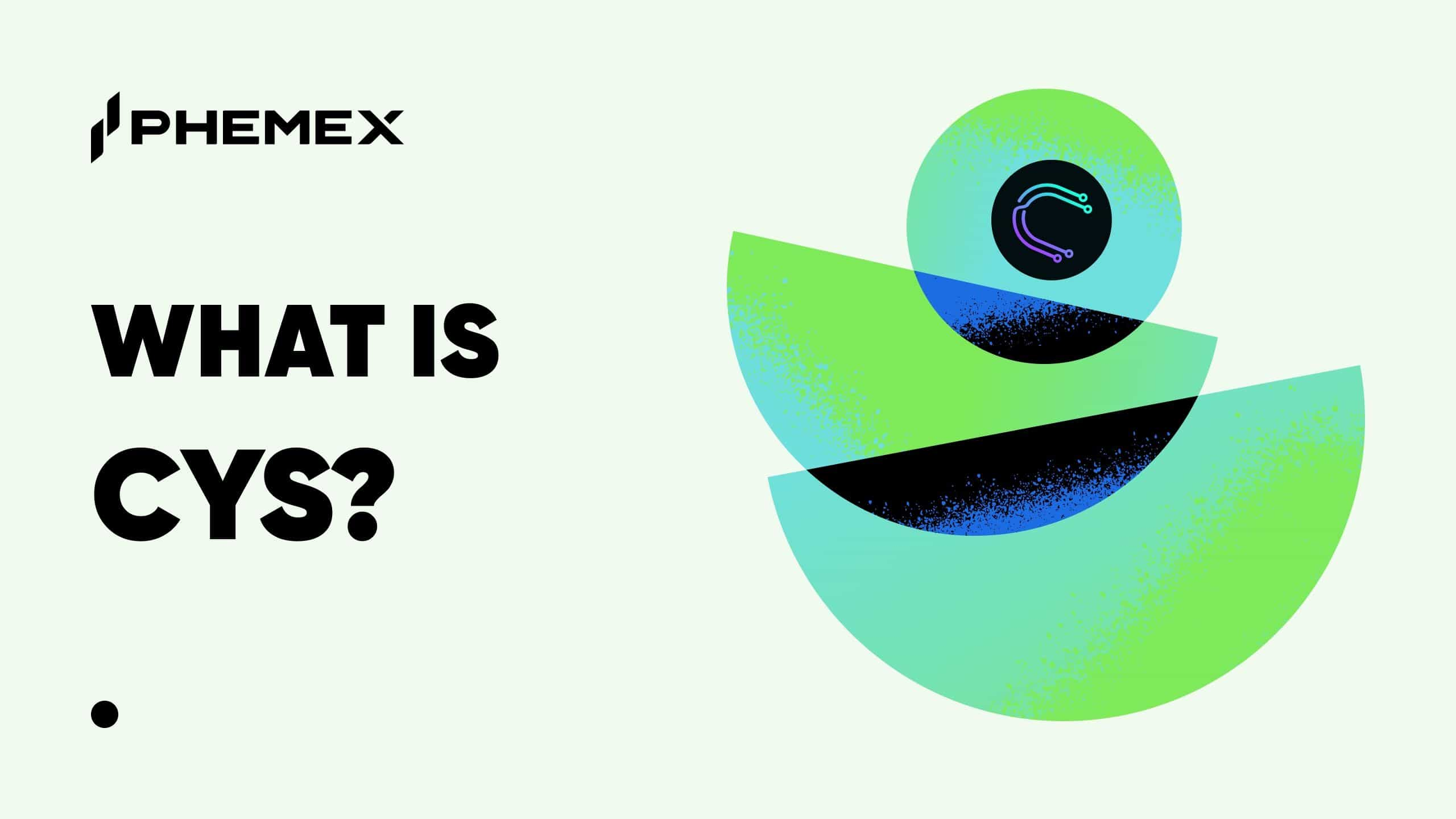Introduction
Blockchain apps today often run on shared networks like Ethereum, meaning they fight for space, pay high fees, and have little control. Syndicate (SYND) fixes this by letting developers launch their own dedicated blockchains (appchains) with custom rules, lower costs, and full ownership. Think of it like giving every app its own highway instead of cramming everyone onto one road. Using onchain smart contracts to manage transaction ordering (called sequencing), Syndicate removes centralized services, cuts operating costs by 10–100x, and enables instant cross-app communication. The SYND token fuels everything: gas fees, staking rewards, and community governance. This guide explains everything simply: what Syndicate is, how SYND works, and why it matters in 2025.

Quick Facts About SYND
| Ticker | SYND |
|---|---|
| Chain | Ethereum (ERC-20), bridged to Base |
| Contract Address | 0x1bAB804803159aD84b8854581AA53AC72455614E |
| Circulating Supply | 478.7M |
| Total Supply | 1B |
| Max Supply | 1B |
| Use Case | Pay fees, earn staking rewards, vote on governance |
| Availability on Phemex | Spot (SYND/USDT) |
What Is SYND? Syndicate Explained
Syndicate is a blockchain infrastructure platform that lets developers build application-specific blockchains (appchains), such as custom chains for games, DeFi, social apps, or AI.
Unlike normal blockchains where one sequencer (often centralized) controls everything, Syndicate runs sequencing onchain using smart contracts. This ensures full transparency, no single point of failure, and easy upgrades via code instead of hard forks.
Developers can customize how transactions are ordered, who pays what fees, and how value (like MEV) is shared. It currently supports Arbitrum Orbit, with OP Stack coming soon, and settles on Ethereum or Base for security.
What Does SYND Do?
SYND is the fuel and voice of the network. It pays for sequencing transactions, contract deployments, and block writing on Syndicate Chain and Commons Chain. Holders stake SYND to back specific appchains and earn rewards based on performance and fees generated. SYND also grants voting rights through a legal entity called DUNA (Decentralized Unincorporated Nonprofit Association), controlling upgrades, treasury spending, and partnerships.
The process is straightforward: bridge SYND to Base, stake on Commons Chain, allocate to appchains, and earn while participating in governance.
Key Characteristics of SYND
- Fully Programmable: Change transaction rules with a smart contract update, no downtime required.
- 10–100x Cheaper: Onchain sequencing needs fewer servers than centralized alternatives.
- Atomic Cross-Chain: Two appchains can swap value in the same block, instantly and safely.
- Performance-Based Staking: Back winning appchains early and earn higher rewards from the Performance Pool.
- Community-Owned: 25.87% of supply sits in a treasury controlled entirely by SYND holders.
- Progressive Control: Start with simple setup, then gradually hand power to the community over time.
SYND Tokenomics
SYND has a fixed 1 billion total supply, with no risk of inflation. At genesis, 920 million tokens were minted, and 80 million are released as staking rewards over 48 thirty-day epochs starting October 1, 2025. Each epoch currently distributes about 1.67 million SYND, though governance can adjust the decay factor later.
Token Allocation
| Category | % | Amount | Purpose | Vesting |
|---|---|---|---|---|
| Treasury | 25.87% | 258.7M | Community fund | Governance-controlled |
| Team | 24.99% | 249.9M | Builders | 4 years + 1-year cliff |
| Investors | 15.89% | 158.9M | Early backers | 4 years + 1-year cliff |
| R&D | 9% | 90M | Tech upgrades | Ongoing |
| Emissions | 8% | 80M | Staking rewards | 48 equal epochs |
| Liquidity Incentives | 7% | 70M | Initial trading | Immediate |
| Liquidity Operations | 4% | 40M | Ongoing management | As needed |
| Pre-Launch Partnerships | 3.25% | 32.5M | Growth deals | Milestone-based |
| Airdrop | 2% | 20M | Community | August 15, 2025 |
Over 50.12% of total supply supports community and ecosystem growth.
SYND vs. ARB
Both tokens enable rollup ecosystems, but SYND emphasizes programmable onchain sequencers for deep appchain customization, while ARB focuses on general L2 scaling with initially centralized sequencing.
| Feature | SYND (Syndicate) | ARB (Arbitrum) |
|---|---|---|
| Sequencing | Onchain, fully programmable | Initially centralized |
| Customization | Adjust fees, order, MEV via code | Limited without Orbit |
| Cost | 10–100x lower to operate | Low via batching |
| Cross-Chain | Atomic in same block | Requires bridges |
| Governance | DUNA + staking | ARB DAO |
| Best For | App-specific chains | General-purpose L2 |
Technology Behind Syndicate
Syndicate uses a three-layer architecture:
- Execution Layer: Handles transaction processing via rollup frameworks like Arbitrum Orbit (OP Stack planned).
- Onchain Sequencing Layer: Smart contracts on Syndicate Chain define inclusion, ordering, and economic rules.
- Settlement Layer: Provides finality and security on Ethereum or Base.
Developers can enshrine tools like oracles or random number generators directly into the sequencer. As usage grows, proof-of-stake validation using SYND will secure the network.
Syndicate Team and Origins
Syndicate launched in 2025 to eliminate centralized sequencing in rollups. Built by developers focused on transparency and cost reduction, it uses a Wyoming DUNA for legal governance clarity. The project prioritizes open code, community control, and infrastructure over public team branding.
SYND News and Milestones
- September 17, 2025: Network launch anticipated
- October 1, 2025: Staking and emissions begin
- October 7, 2025: All-time high $0.5021
- October 27, 2025: Phemex lists SYND/USDT at 10:00 UTC
- October 31, 2025: Stakers must allocate 100% of stake to specific appchains
What Will Affect SYND’s Price 2025–2030?
SYND price will depend on appchain adoption, staking participation, and modular blockchain trends, with emissions and unlocks shaping supply.
Factors That May Increase SYND’s Price
- Appchain Growth: More live appchains increase sequencing fees and staking demand. High-TVL apps in DeFi or gaming could lock millions in stake, reducing sell pressure.
- Emissions Maturity: 48 months of rewards encourage long-term holding. The Performance Pool rewards early backers of successful chains, lowering circulating supply over time.
- Framework Expansion: OP Stack and non-EVM support in 2026 open new markets like AI or social apps. More builders mean higher SYND utility.
- Governance Activity: Effective treasury use, such as grants or liquidity programs, signals ecosystem strength. A $50M deployment could drive adoption.
- Bull Cycles: Infrastructure tokens often rise 5–10x during Ethereum scaling rallies. SYND could benefit from similar market momentum.
Factors That May Decrease SYND’s Price
- Vesting Unlocks: Team and investor tokens unlock after the 1-year cliff around Q3 2026. Nearly 400M tokens could enter circulation if demand doesn’t absorb them.
- Adoption Delays: Fewer than 10 major appchains by mid-2026 would limit fees and rewards. Low utility may weaken holder confidence.
- Competition: Rival rollup stacks like zkSync or Polygon could capture developer mindshare. A niche focus carries integration risk.
- Market Volatility: Post-listing corrections are common. SYND fell 57% from its ATH; another 30–50% drop remains possible in bearish conditions.
- Regulatory Risks: Scrutiny of “decentralized” sequencing claims could raise compliance costs or delay upgrades, hurting sentiment.
How to Buy SYND on Phemex
- Sign Up: Create and verify your Phemex account with email and KYC.
- Deposit Funds: Add USDT via one-click buy, card, bank transfer, or crypto deposit.
- Buy SYND: Go to Spot > SYND/USDT, enter your amount, and confirm. You’ll receive SYND instantly.
SYND FAQ
- What is SYND? The token that pays fees, rewards stakers, and governs Syndicate’s appchain network.
- How does Syndicate work? It runs transaction ordering onchain using smart contracts, fully transparent and customizable.
- What does SYND do? Pays gas, earns staking yields, and votes on network decisions.
- How to use SYND? Bridge to Base, stake on Commons Chain, back appchains, earn rewards, and vote.
- What is SYND’s supply? 1B total, 478.7M circulating, 8% released monthly as rewards.
- What is SYND tokenomics 2025? 92% minted at genesis, 8% emitted over 48 months, over 50% to community.
Conclusion
Syndicate (SYND) is more than a token. It’s the foundation for the appchain future, putting sequencing onchain to give developers control, cut costs, and let communities own their chains. With staking active, Phemex trading, and emissions underway, 2025 marks the beginning of a new era in modular infrastructure.
Trade SYND on Phemex today and join the sequencing revolution.








